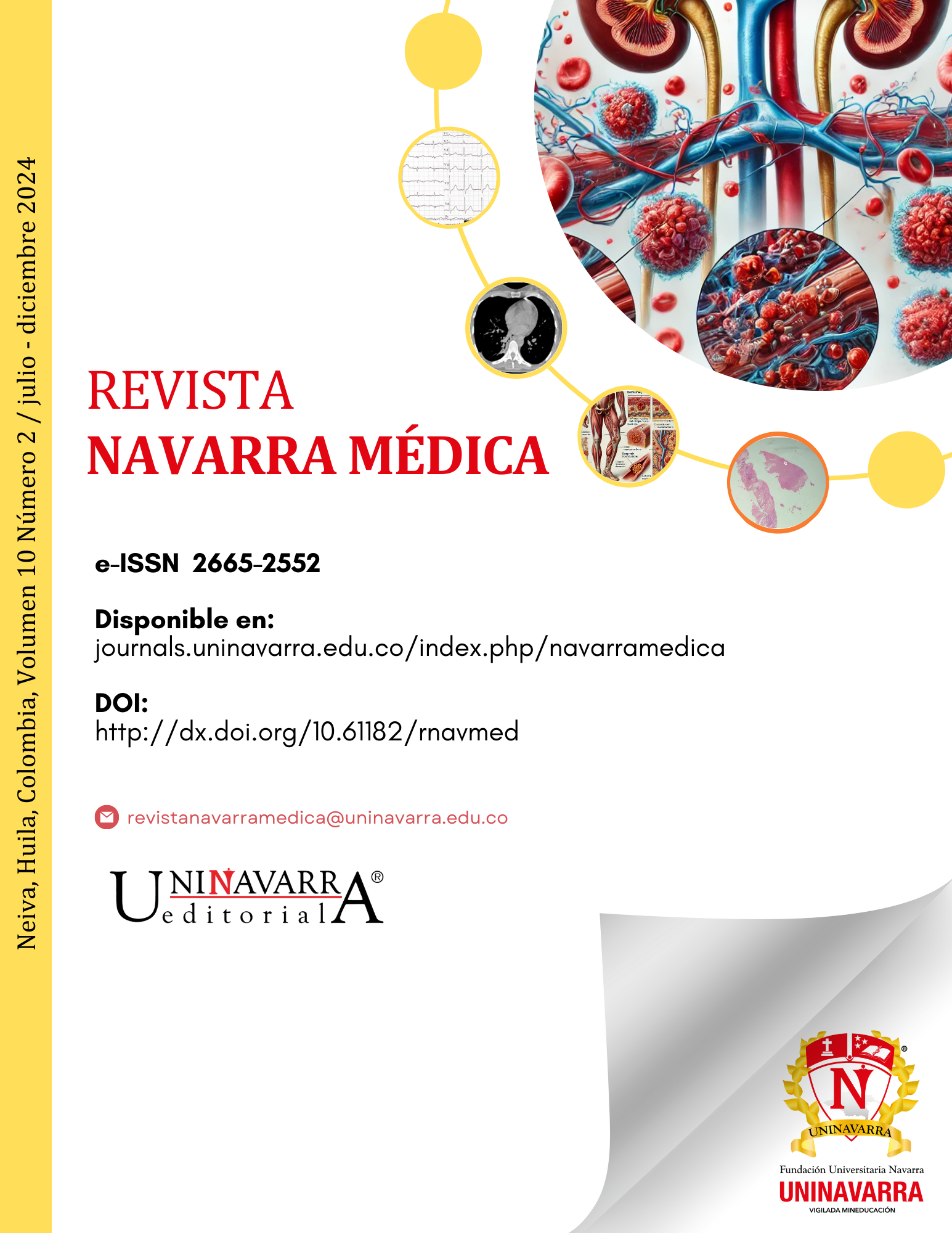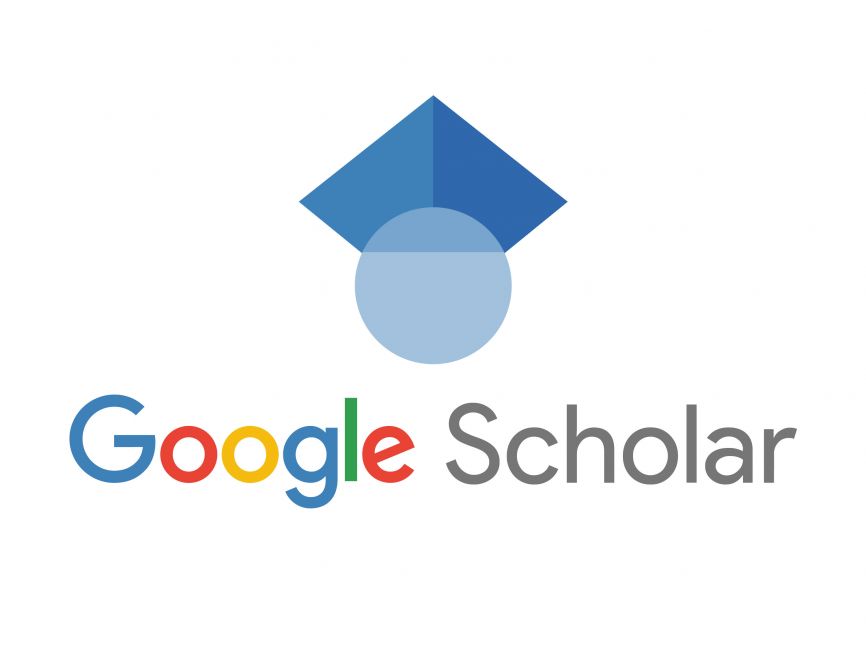Ashman's phenomenon: a crucial finding to avoid misdiagnosis
DOI:
https://doi.org/10.61182/rnavmed.v10n2a1Keywords:
Ashman's phenomenon, Electrocardiogram (ECG), Aberrant conductionAbstract
The Ashman phenomenon, first described in 1947 by Gouaux and Ashman, is an intraventricular conduction aberration that typically occurs during atrial fibrillation and other supraventricular tachyarrhythmias. This phenomenon is characterized by the presence of aberrant QRS complexes, usually with right bundle branch block (RBBB) morphology, resulting from the interaction between consecutive long and short R-R interval cycles. The physiological basis lies in the variability of the relative refractory period of the cardiac conduction system, where a long cycle precedes a short cycle, prolonging the refractory period and favoring aberrant conduction. Ashman's phenomenon can be clinically relevant, as it is often confused with premature ventricular complexes or ventricular tachycardia, which could lead to misdiagnosis and inappropriate therapy.
References
(1) Abedin Z. Differential diagnosis of wide QRS tachycardia: A review. J Arrhythm. 2021;37:1162-72. https://doi.org/10.1002/joa3.12599
(2) Lakušić N, Mahović D, Slivnjak V. Ashman phenomenon: an often unrecognized entity in daily clinical practice. Acta Clin Croat. 2010;49(1):99-100. PMID: 20635592.
(3) Singla V, Singh B, Singh Y, Manjunath CN. Ashman phenomenon: a physiological aberration. BMJ Case Rep. 2013; https://doi.org/10.1136/bcr-2013-009660
(4) Mora-Pabón G. Evaluación de la fibrilación auricular mediante electrocardiograma y Holter. Rev Colomb Cardiol. 2016;23(S5):27-33. DOI:10.1016/j.rccar.2016.10.006.
Downloads
Published
Data Availability Statement
The information was compiled from information sources such as Pubmed, the case was authorized by the participating parties.
Issue
Section
License
Copyright (c) 2024 Juan Diego Emiliani-Cortés, David Fernando Ortiz-Pérez, Mario Enrique Montoya-Jaramillo

This work is licensed under a Creative Commons Attribution-NonCommercial 4.0 International License.








